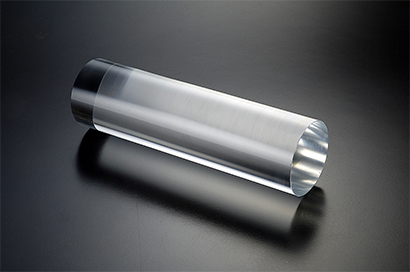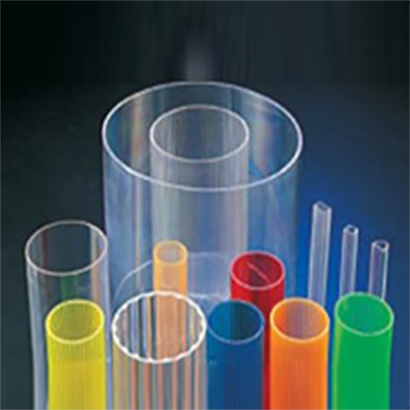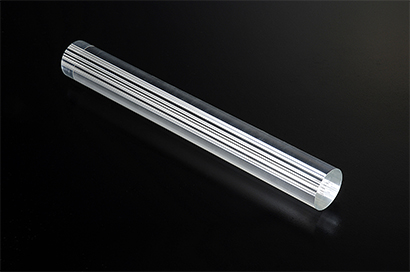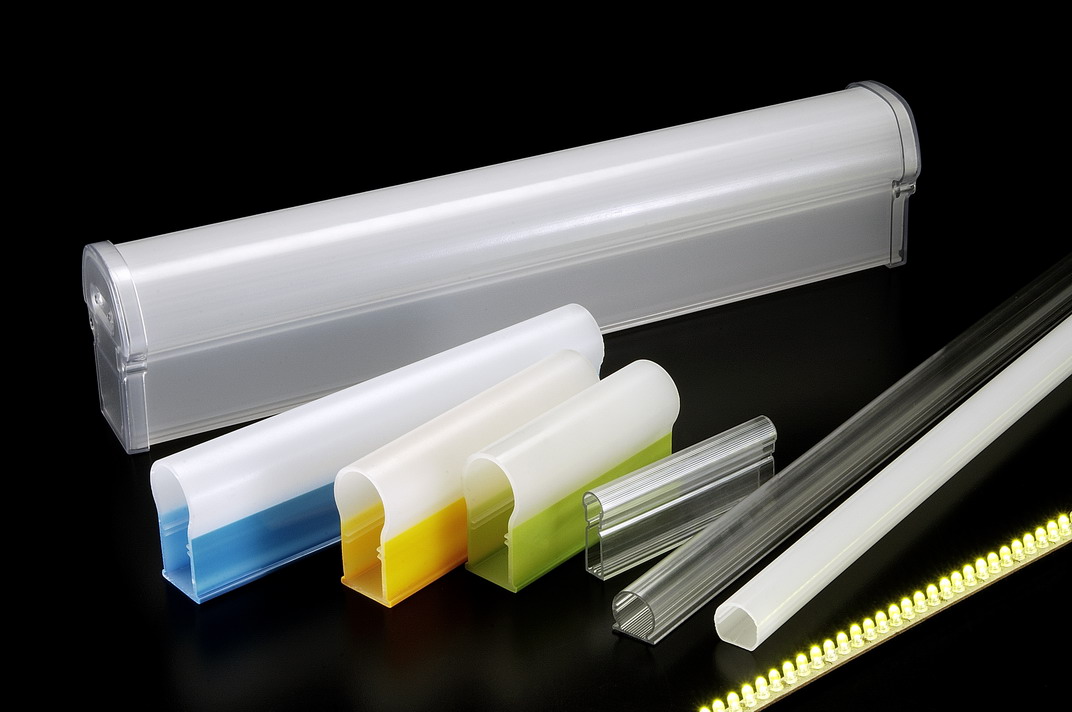Outdoor Lighting Applications
Acrylic rods and tubes, with their excellent weather resistance and outstanding light transmission properties, have become key materials in outdoor lighting design. As the demand for modern urban and landscape lighting continues to grow, acrylic rods and tubes are widely used in various outdoor environments due to their high transparency, durability, and design flexibility. These include parks, courtyards, building facades, and city streets, among other locations..jpg)
AI-Generated, for reference only.
1. Advantages of Acrylic Rods and Tubes in Outdoor Lighting
Excellent Weather Resistance
Acrylic materials possess exceptional UV resistance and corrosion resistance, maintaining stable optical and structural performance in harsh outdoor environments. Compared to other materials, acrylic rods and tubes retain their transparency and gloss even after long exposure to sunlight, rain, and snow, making them ideal for various outdoor lighting applications.
High Transparency and Uniform Light Effect
Acrylic rods and tubes have extremely high transparency, allowing light to be evenly dispersed and creating a soft lighting effect. This feature makes them particularly suitable as the casing for outdoor lighting fixtures, such as ground lights, pillar lights, and landscape lights, creating eye-catching lighting effects and enhancing the visual appeal at night.
Design Flexibility and Variety
Acrylic rods and tubes can be manufactured in different shapes and sizes according to design needs, making them adaptable to a wide range of lighting designs. Designers can take advantage of their flexible forming characteristics to create a variety of creative lighting installations. Whether it’s vertical light poles or light strips that wrap around trees or buildings, they can meet the unique demands of outdoor environments.
2. Specific Applications of Acrylic Rods and Tubes in Outdoor Lighting
Landscape Lighting
Acrylic rods and tubes are often used in the lighting design of public landscapes such as parks, plazas, and walkways. Their transparent and durable material allows LED light sources to be perfectly concealed within the tube, creating a soft, non-dazzling lighting effect through internal illumination, enhancing the artistic atmosphere of nighttime landscapes. For instance, installing acrylic light poles along garden walkways provides functional lighting while adding a touch of artistic light to the entire environment.
Building Facade Lighting
Acrylic rods and tubes can be applied to the lighting design of building facades, adding a sense of technology and visual impact to modern architecture. By arranging the rod lights in neat rows, they create a series of vertical or horizontal lighting effects that highlight the architectural structure and add a striking visual element to the city's skyline at night. This application is especially suited for commercial and landmark buildings, attracting greater attention.
Street and Courtyard Lighting
Acrylic rods and tubes are also widely used in the lighting design of city streets and private courtyards. Their durability allows them to be used long-term in roadways or pedestrian paths, providing efficient and uniform lighting. In private courtyards, acrylic rods and tubes can be used for fence lights or lighting fixtures around ponds, offering both safety illumination and creating a cozy outdoor ambiance.
- Art Installations and Festive Lighting
The malleability of acrylic rods and tubes makes them an ideal material for festive lighting and outdoor art installations. Designers can shape them into various lighting forms and pair them with LED light sources of different colors, creating a rich festive atmosphere or artistic public installations. Whether it’s Christmas decorations, city light festivals, or art exhibitions, acrylic rods and tubes deliver stunning visual effects.
3. Future Development TrendsWith the promotion of smart cities and green environmental concepts, the application of acrylic rods and tubes in outdoor lighting will continue to expand. In the future, the integration of acrylic rods and tubes with smart lighting technologies will enable them to automatically adjust light intensity and color temperature in response to environmental changes, providing more intelligent outdoor lighting solutions. Additionally, with advancements in eco-friendly material technology, acrylic rods and tubes are expected to maintain their excellent performance while further reducing their environmental impact.
Related FAQ
Polycarbonate (PC) Extrusion Manufacturers 10 Q&A
Acrylic VS. Glass
Lighting Articles-Application of crylic Tube and Rod
Storage- -Application of acrylic tube
Customized Acrylic ?
Is acrylic environmentally friendly?
Related Applications
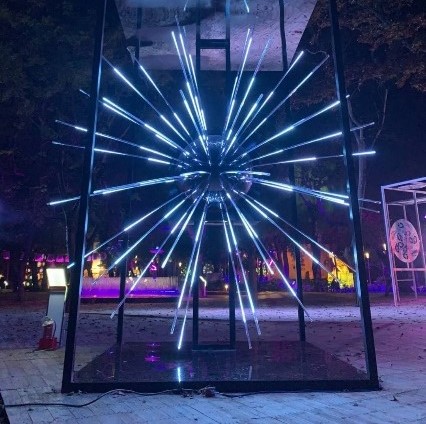

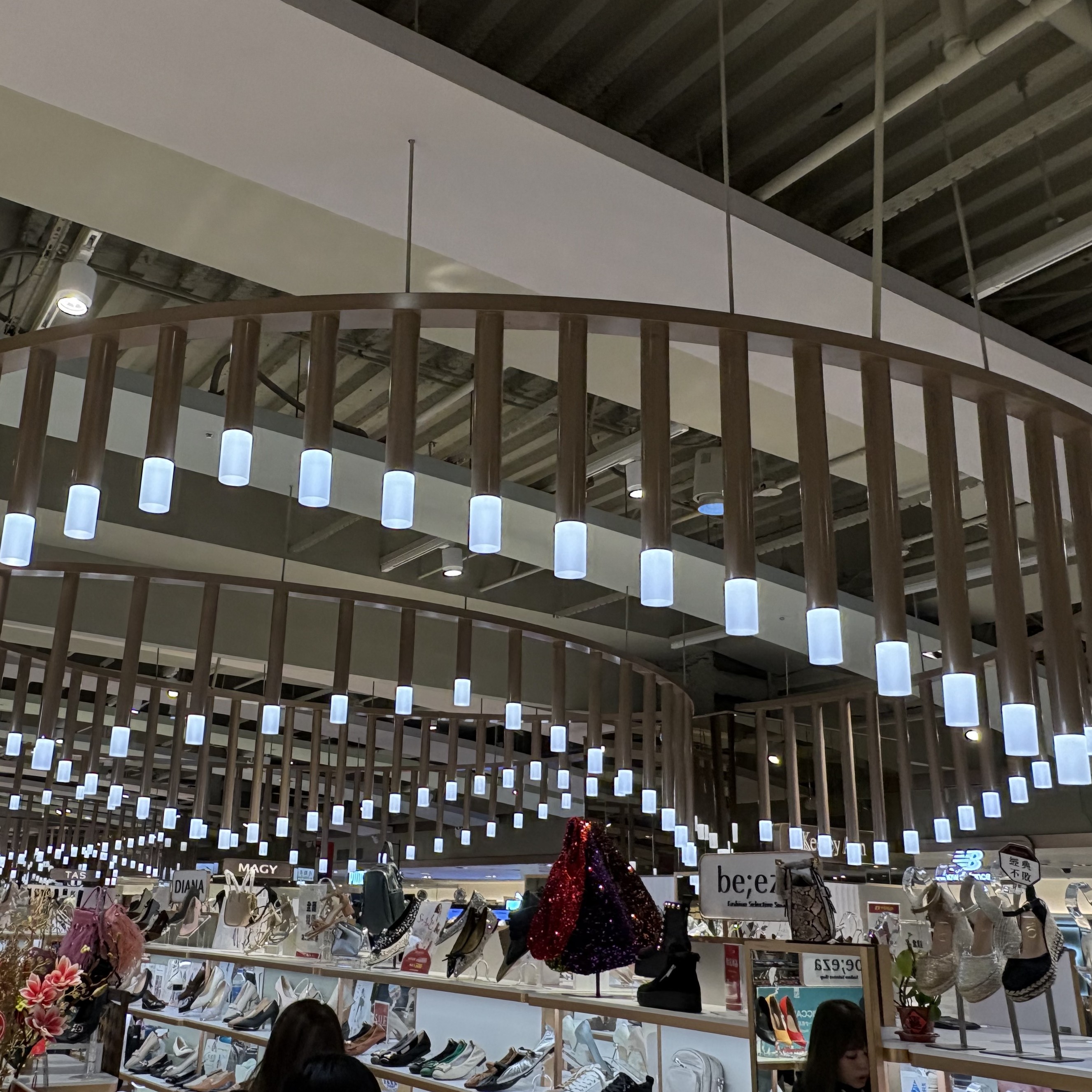
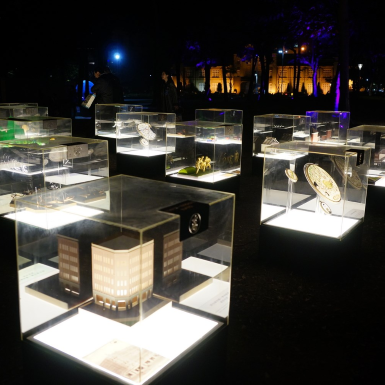
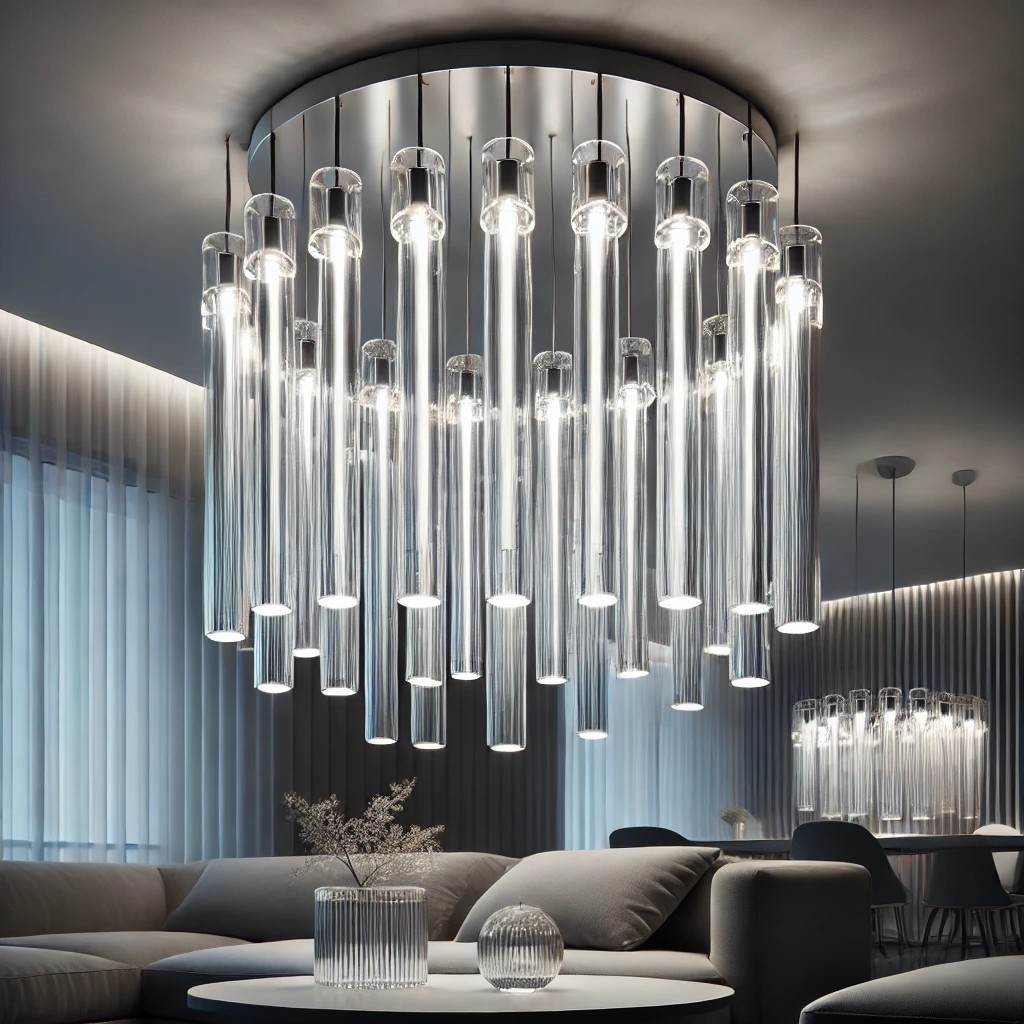
.jpg)

-1.jpg)

